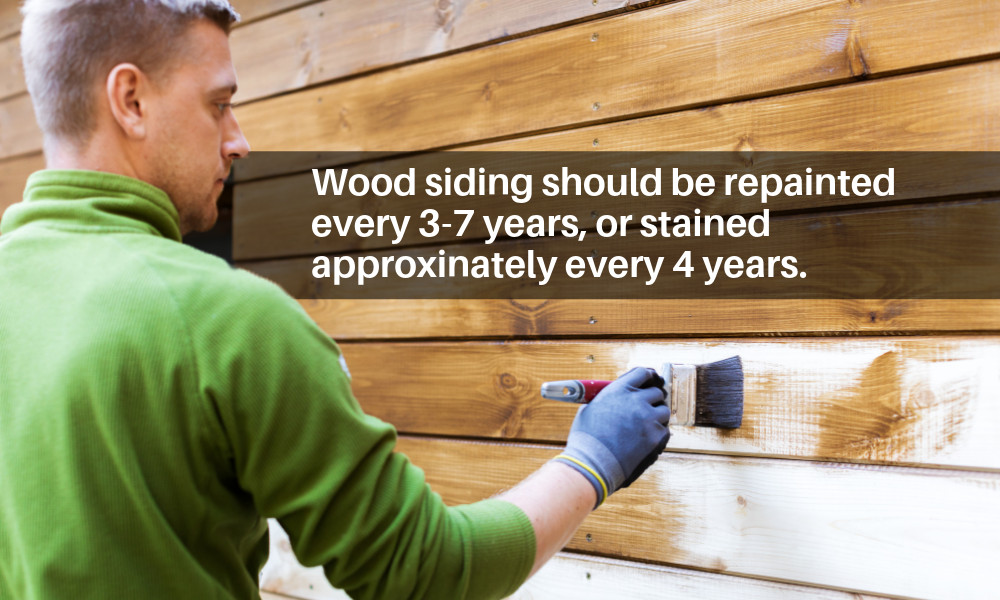Quality doors are an essential part to any home. Whether you abide by an open-door policy with your neighbors or prefer to stick to yourself, a sturdy defense between you and the outside world is crucial. Strong exterior doors will keep you and your family safe from outdoor dangers, while interior doors are required for privacy and personal space amongst the home’s residents. Learn about the different kinds of home doors to find the ones that appeal to your home, neighborhood, and lifestyle.
Interior Doors
Interior doors come in a series of shapes, sizes, and designs to fit with any home’s style. Even so, navigating their models can be overwhelming. These are the basic types of interior doors:
Accordion Doors
Accordion doors consist of a set of panels that fold in on themselves and rest against one side of the door frame. Since they don’t take up much space when folded, these doors are ideal for closets and entryways. This is also the reason why they’re generally used in smaller homes and apartments.
Bi-Fold Doors
This model of door consists of four-door panels attached by hinges. The tops of these panels are attached to a track in the doorframe which allows for a smooth and easy motion. There are two ways to open bi-fold doors depending on where the hinges are located: from the far side, like accordion doors, or from the middle. Some common areas where these doors are used are closets, laundry rooms, pantries, storage rooms, and other smaller rooms in a home.
Sliding Doors
Consisting of two, overlapping panels attached to doorframe rails, sliding doors are another popular option for those who don’t have the space for hinged doors. An additional perk to these doors is that they could double as full-length mirrors for those who wish to conserve a bit of floor space. It’s important, however, to remember that even though the full set takes up the space of double doors, only one side can open at a given time.
Hinged Single Doors
Hinged single doors are the most common type found in a home. The model consists of a single panel attached to one side of the doorframe by a set of hinges. In order to use these doors effectively, though, you need to ensure that there’s enough space around the door for it to swing open unobstructed.
Pocket Doors
This model door is more commonly found in older homes but has returned to popularity in recent years. This is another option for those who want to save a bit of space, as this model allows for the doors to disappear into your walls. Be aware, however, that this door requires that the surrounding walls not have any wiring in them so the door can slide without issue.
Exterior Doors
Whether you’re learning how to flip a home or a home owner partaking in renovations, a stable front door is a crucial part of any renovation project. Though exterior doors aren’t as diverse as interior ones, they’re made to be solid and sturdy, as well as stylish. These quality doors will surely keep you, your loved ones, and your possessions safe in the event of an emergency.
Wooden Doors
Not only are wooden doors known for their sturdiness, but they’re also a beautiful complement to the manicured landscape of your yard. This makes this type of door among the most sought after by home owners. Wooden doors are not without their drawbacks, though. Doors made with real wood tend to be more expensive than those made of alternative materials. Wood will also warp over time, as it’ll be exposed to a variety of weather conditions. You need to keep up with repainting and staining to protect it.
Fiberglass Doors
Entryway doors made with fiberglass have become more popular in recent years. They’re extremely durable and energy efficient, which makes the price worth it in the long-run. These doors also come in a variety of finishes to ensure that you can find one with a look that suits the rest of your home. These doors also don’t warp like wood does and are also resistant to dents and scratches.
Steel Doors
If you need maximum security, steel doors are the way to go. A step up from fiberglass, these doors offer all the energy efficiency of previously mentioned models with the doubled security and stability of solid steel. If you aren’t a fan of the cool gray finish, don’t worry, steel doors come in a series of looks—including wood grain finishes.
Sliding Patio Doors
The most common style of patio door, sliding glass doors are available in a plethora of materials. From aluminum and wood to vinyl and heavier metals, these doors are made for a series of climates and tastes. It’s important, however, to remember that these doors, according to Energy.gov, “lose much more heat than other types of doors because glass is a very poor insulator.”
French Patio Doors
If you want the versatility of patio doors but with an added touch of elegance, you may want to consider getting a set of French doors to complement the property. These are sturdier than traditional patio doors and can open inward or outward.
Types of Designs and Finishes
The different kinds of home doors come a variety of designs and finishes for a homeowner to choose from. These styles offer multiple options that complement the overall look of any home.
Slab
This pattern consists of several square or rectangular patterns etched into the door. This is typically the most common design seen in homes, as the pattern itself is neutral. You can customize these doors with rounded slabs rather than rectangular ones as well.
Barn
Characterized by several overlapping bars, this design is loved for the authentically rustic vibe it can give to a home. They can come in two basic styles: an “X” shape, which is considered the classic barn look, and a subtler “Z” shape.
French
This design is highly decorative and usually comes in a set of double doors. Each door features frames around several, small window panels, which give adjacent rooms plenty of light. These doors are typically used as entryways to large, entertainment rooms or outdoor areas.
Dutch
Dutch-style doors are known for their split design. With the ability to open the top and bottom sections separately, these doors are commonly seen in kitchens or serving areas. They also function as baby or pet gates to block off areas that are unsafe.
Flush
These doors have no decoration, though they’re easy to customize. They can be painted, stained, or coated in wallpaper to give a stylish flair to your home.
If you require professionals to install one of these products, Bear Mountain Custom Painting has the people you need. Our trained professionals know how to use more than just a paintbrush; we also offer door insulation and repair services in Cumming GA to those living in the Atlanta area.







